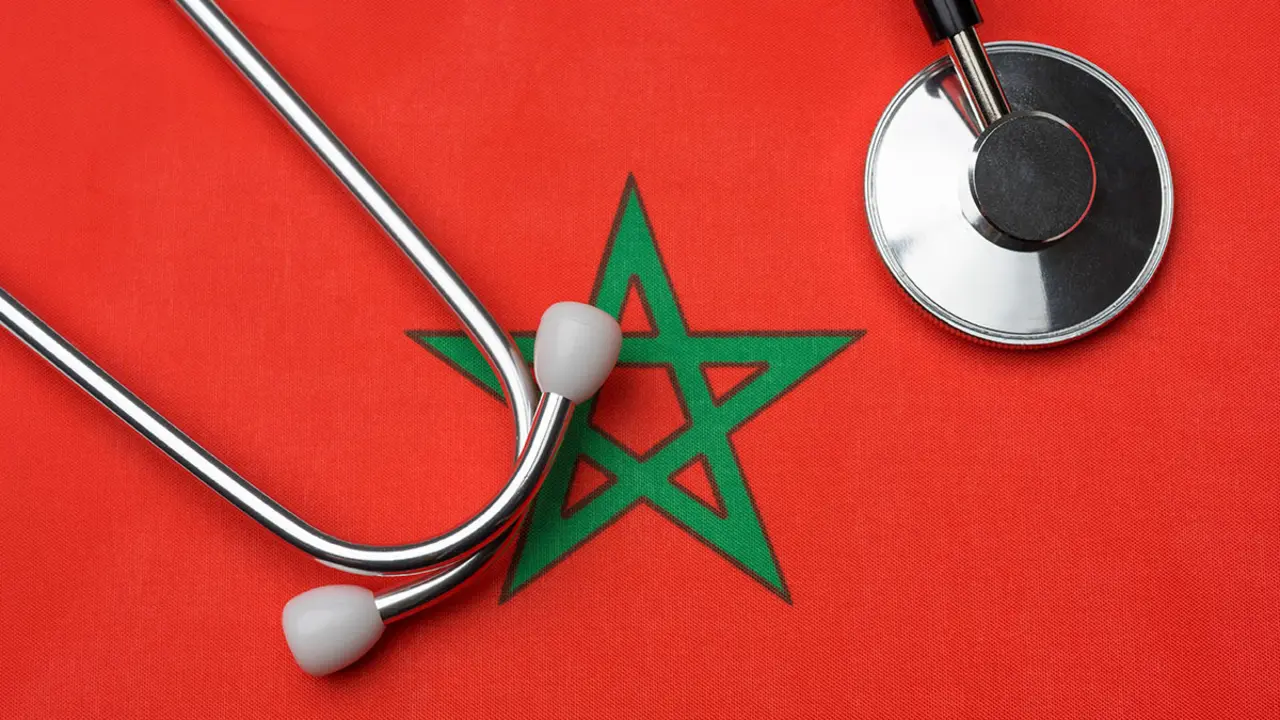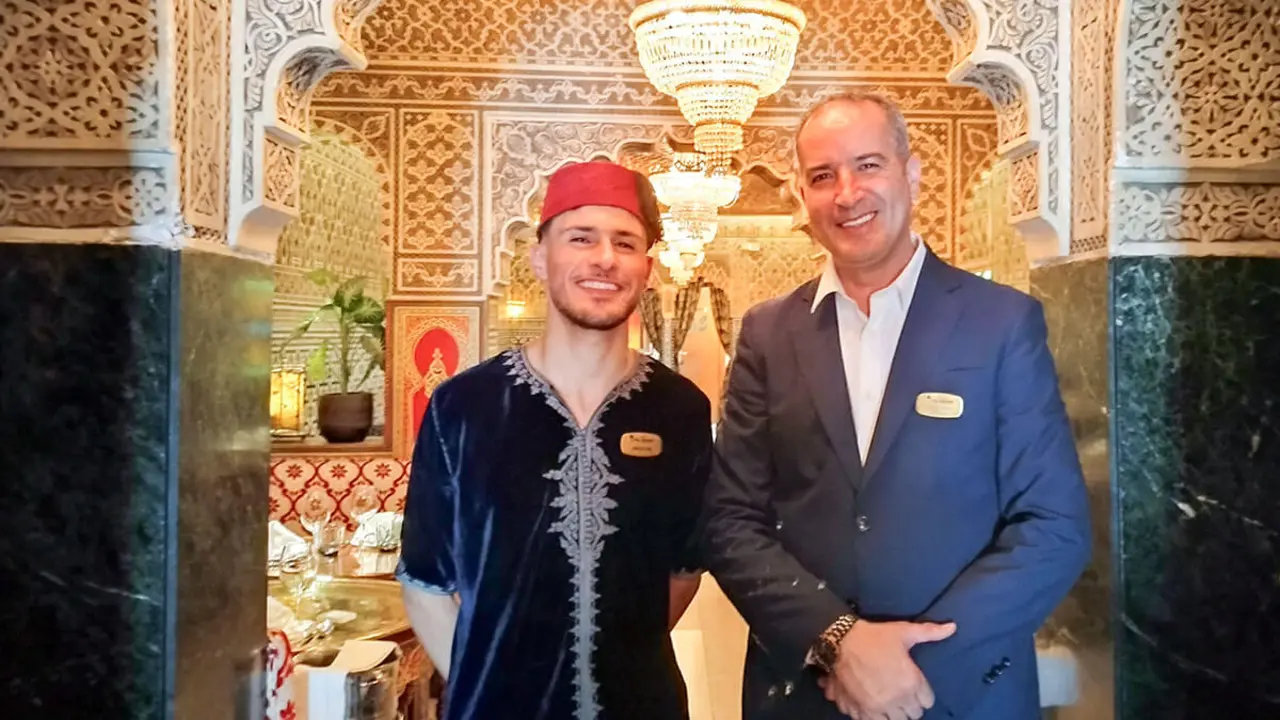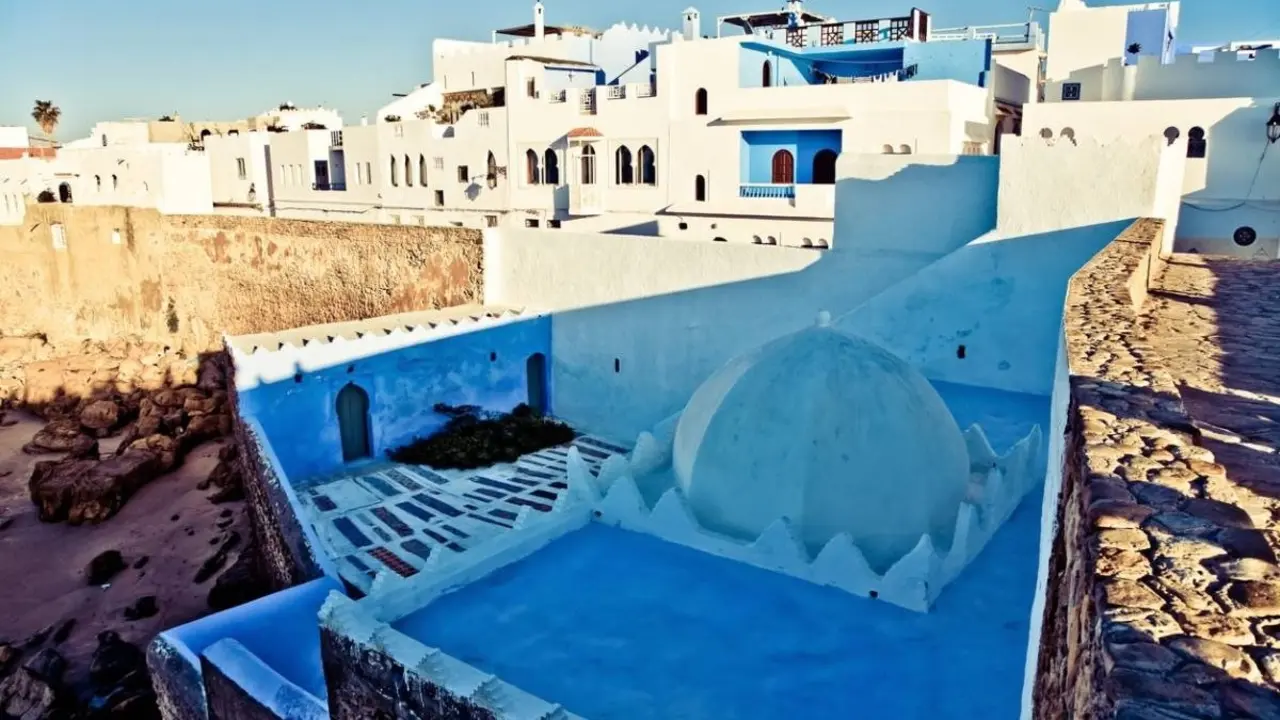High Atlas Mountains region worst hit by Morocco quake

The 6.8 magnitude earthquake that struck late on Friday 8 September hit the city of Marrakech and the five provinces surrounding the epicentre of the quake particularly hard.
Allahu Akbar 🇲🇦🤲🏻
— Izem Anass (@Izemanass) September 11, 2023
Un nouveau-né retrouvé en vie sous les débris après le séisme au Maroc. pic.twitter.com/Gp8e6hcebo
Attention and rescue efforts were first directed towards the city of Marrakech, where significant personal and material damage was reported, especially in the medina, declared a UNESCO World Heritage Site in 1985, and one of Morocco's most important tourist attractions. In 2022, the city attracted more than 2.2 million visitors.

Numerous homes and traditional buildings in the narrow streets of Marrakech's old town have been affected or collapsed, while citizens crowded into the squares in fear of further aftershocks.
🇲🇦🤝| Des dizaines de camions arrivent à Marrakech pleins de dons de marocains des 4 coins du Royaume.
— Morocco Intelligence (@MoroccoIntel) September 10, 2023
Les dons et aides continuent d’affluer vers le centre du Maroc. pic.twitter.com/MIZjDdglca
Parts of the famous red walls and the Koutoubia Mosque have also been affected by the quake, which has so far claimed the lives of 2,681 Moroccan citizens.

High Atlas
In addition to Marrakech, the earthquake has also caused major damage to numerous villages in the High Atlas and the Ouargane Valley. The situation in these areas is particularly complicated, as communication routes are scarce due to the terrain, and some roads and telephone lines have been rendered unusable by the earthquake.
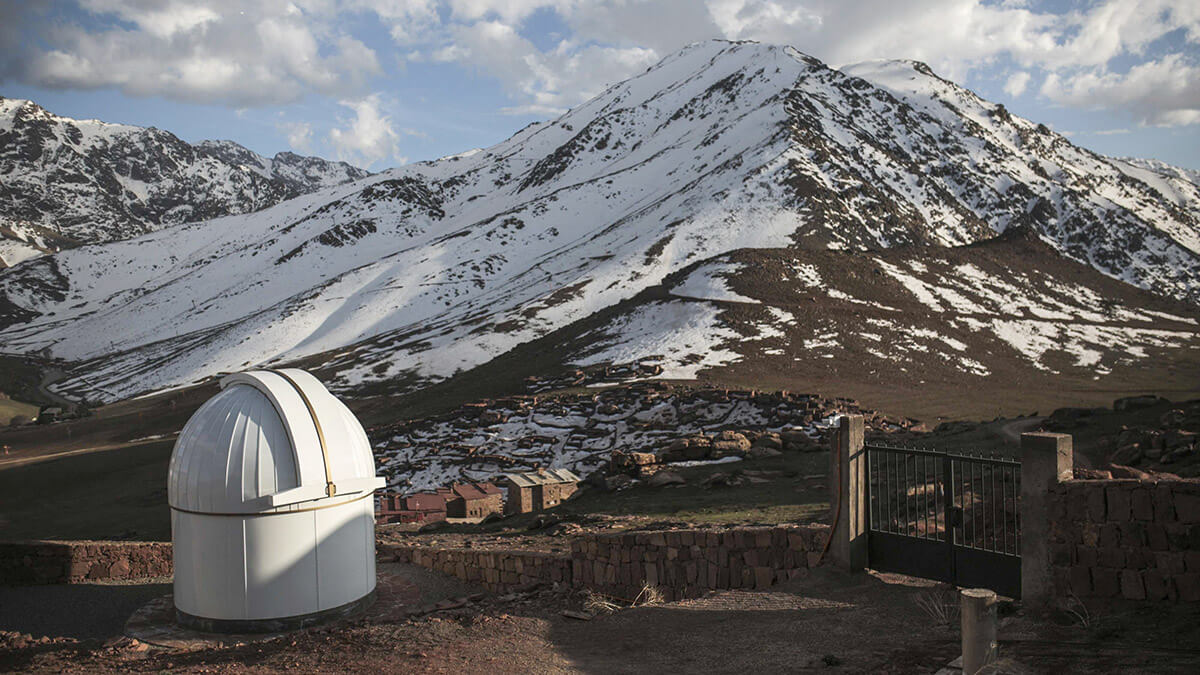
The epicentre of the quake was about 50 kilometres west of Oukaimeden, a popular ski resort in the Atlas Mountains. Some villages were so isolated that it has taken more than a day to start receiving aid.
The Moroccan army managed to make its way into the mountains and the first convoys began arriving in the worst affected villages in the early hours of Saturday, 9 September.
وحدات القوات الخاصة المغربية للقتال في المناطق الجبلية تتوجه نحو أمزميز للمساعدة في الوصول للمناطق المعزولة https://t.co/fbcKfocHmy pic.twitter.com/RfKkwqmZXI
— Anas Sh (@anass004e) September 10, 2023
Numerous images of the army's deployment have been posted on social networks, with long convoys of trucks heading towards the affected areas and even transport and rescue helicopters, which have reached the most difficult places to access.
The typical mud-brick construction in the area has meant that the damage has been much more extensive. In the immediate vicinity of the epicentre are villages such as Addasil, Amizmiz and Azgour, the latter a village of about 200 inhabitants, where more than 15 fatalities have been recorded.
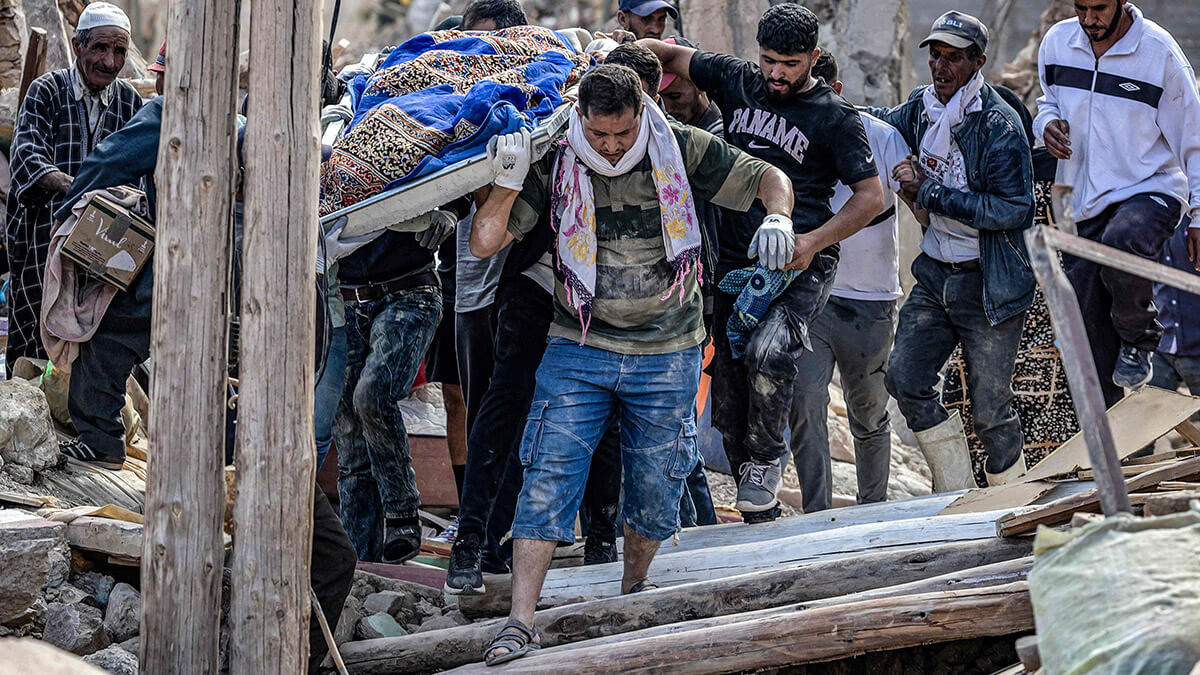
Significant damage was also reported in Moulai Brahim, where around 50 people were killed. In this tourist town, with its breathtaking views of the gorges and valleys of the High Atlas Mountains, there was also extensive material damage to buildings such as the mosque.
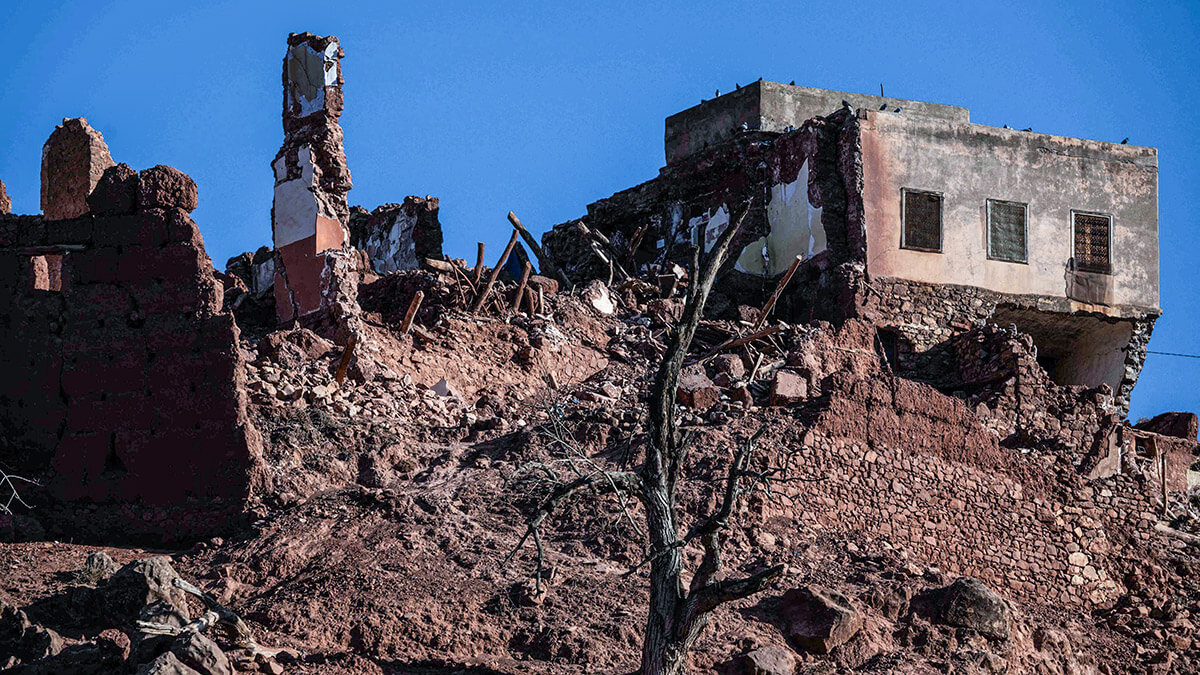
In Tinmel, the damage was also considerable, especially to its historic 12th century mosque, one of the most important historical sites in the High Atlas. A monument that was on the waiting list to be declared a UNESCO World Heritage Site and of which only a few walls now remain standing.

The Moroccan Ministry of Culture has pledged to provide the necessary funds for its restoration.
According to the United States Geological Survey (USGS), earthquakes of this magnitude are "rare, but not unexpected" in Morocco. The most tragic earthquake in the Kingdom's recent history occurred in 1960 and killed more than 12,000 people.

On that occasion, the epicentre was near the city of Agadir, some 120 kilometres southwest of the epicentre of the 8 September quake.



